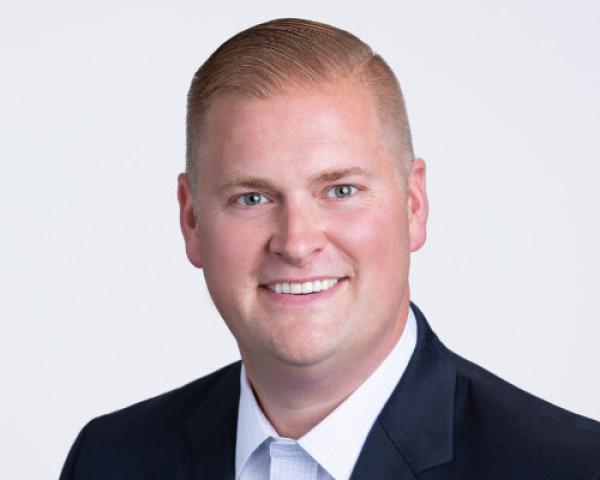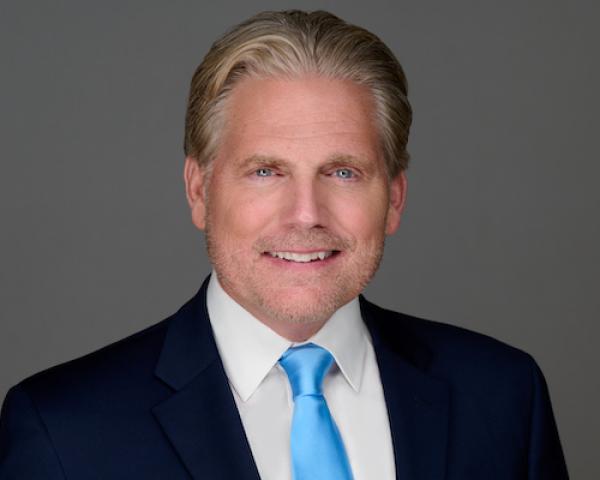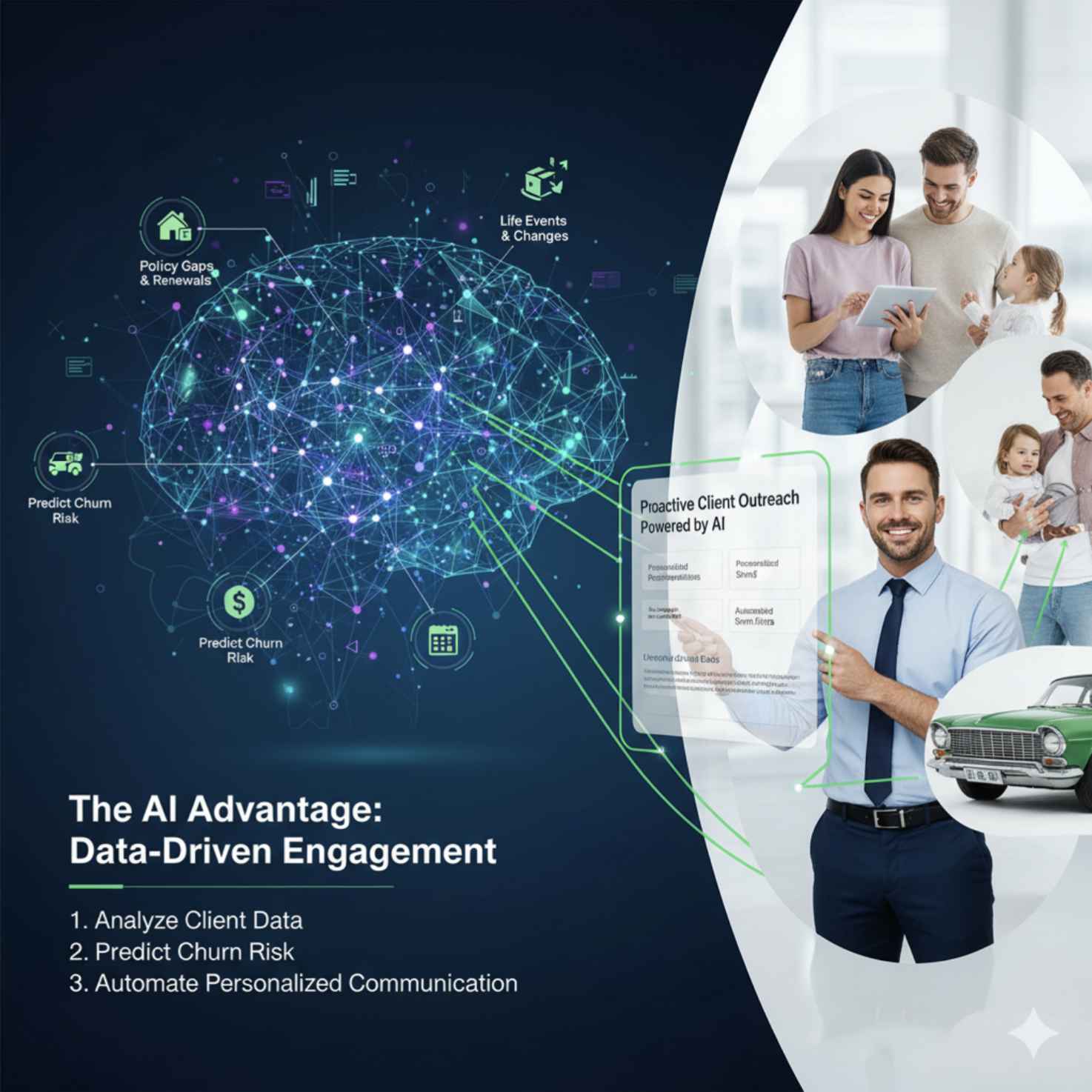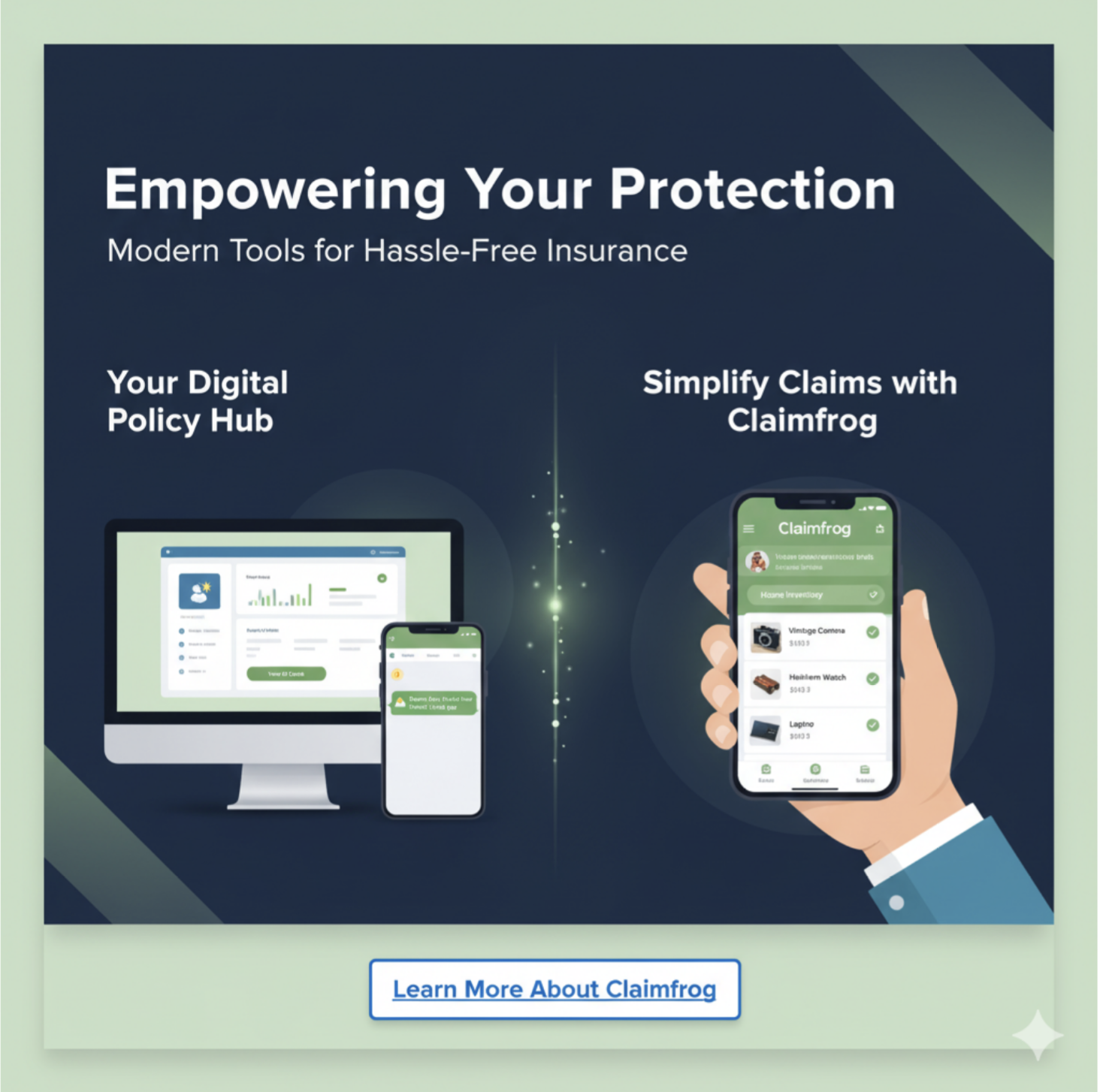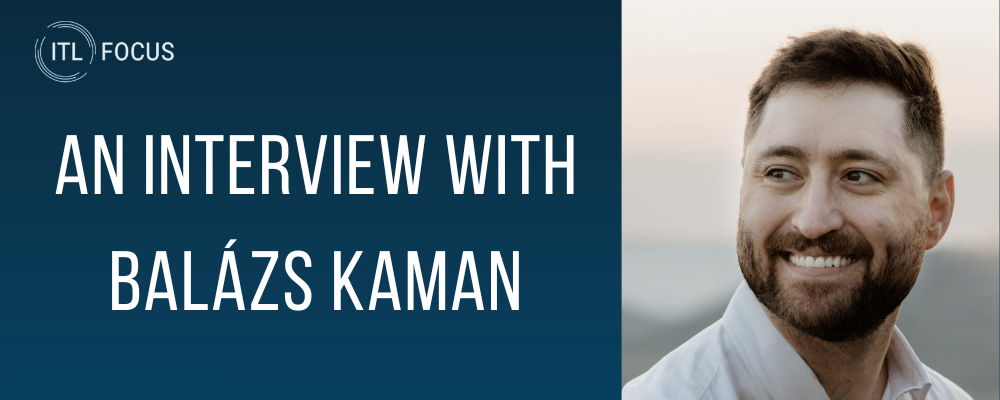According to a recent report, commercial auto insurance underwriting losses continue to climb.
As brokers and agents work with their clients, it's important they stress approaches that can enhance insurability and help manage costs. There are three major ways to do this:
- Create policies and procedures for driver screening, training and monitoring.
- Leverage technology to ensure drivers are making safe choices.
- Maintain and inspect vehicles on a regular basis.
Driver screening
While safety features are an excellent addition to modern vehicles, they ultimately can't make up for poor driving behaviors. To stay safe on the road, organizations must select drivers who have an exemplary motor vehicle record (MVR).
But maintaining safe drivers does not stop with the selection process. Employers must offer annual training programs and provide continuous monitoring (such as telematics) to ensure drivers are operating vehicles safely. It's all too easy for a driver to become complacent—especially when it comes to distracted driving.
In particular, training programs should stress no cell phone use while driving. In recent years, that has become one of the key causes of crashes. Organizations also should establish procedures their drivers can follow for breakdowns, accidents and adverse driving conditions.
Innovations in technology
In recent years, the auto industry has come far with innovation in technology. Organizations can use this technology to identify risky driving habits and offer drivers more high-level safety features that reduce the risk of a crash. Some of the most prevalent safety features include:
• Telematics – With this technology, a device installed in a vehicle collects data from the vehicle's sensors, such as speed, location and engine status. Some telematics systems provide an alert to the driver when they are exhibiting poor driving behaviors; these alerts help correct behaviors immediately, which is preferred. Telematics data is ultimately transmitted to the driver's employer, who can track how fast they are driving, what their braking habits are and how much fuel they're consuming. Telematics can be especially helpful for usage-based insurance, which bases a company's premiums directly on its drivers' habits.
• Back-up and 360-degree cameras – Many vehicles are equipped with this safety feature now. In fact, it has become so prevalent that if an organization has vehicles without a camera, it should consider replacing them. These features enable a driver to view the surrounding area when backing up and reduce blind spots. This can help prevent fender-benders in busy parking lots and potentially reduce insurance premiums.
• Tire pressure monitoring systems – These systems, too, are extremely common in vehicles. They can alert drivers to rapidly changing air pressure in the tires, which may be the result of a nail, screw or other foreign object that has punctured the tire. Under-inflated tires are more prone to blowouts, which may lead to serious accidents. These monitoring systems are vital to decreasing the risk of a crash.
• Advanced driver assistance systems (ADAS) – Collectively, these technologies in a vehicle can help drivers make safe decisions and alert them to hazards. They include:
- Lane departure warning – alerts driver if vehicle is drifting out of its lane.
- Lane keeping assist – corrects steering to keep vehicle in its lane.
- Automatic emergency braking – automatically applies brakes if it detects a potential collision with objects ahead of the vehicle.
- Adaptive cruise control – adjusts vehicle's speed on cruise control to keep a safe distance from the vehicle ahead.
- Blind spot monitoring – alerts driver if a vehicle is in its blind spot.
- Forward collision warning – warns driver of imminent collision with another vehicle or object.
• Night vision and pedestrian detection systems – In low-light situations, these systems use infrared cameras and sensors to detect people and animals.
• Electronic stability control – In icy or wet conditions, this system applies brakes to specific wheels if it detects they are skidding.
• Side-impact airbags and other airbag systems – Studies have shown that side airbags can dramatically reduce a driver's risk of severe injury and death. So if there is a crash, the driver is much less likely to be injured or killed.
Vehicle maintenance
Another important way organizations can help manage vehicle insurance costs is by making routine checks part of their policies and procedures. They can do this by:
- Creating and sticking to a scheduled maintenance plan – refer to the owner's manual for recommended maintenance checks.
- Mandating pre- and post-trip inspections – this includes tires, lights, brakes and fluid levels.
- Establishing clear reporting procedures that ensure small problems don't turn into major hazards – drivers should be required to report anything out of the ordinary.
- Requiring emergency preparedness – all vehicles should be equipped with jumper cables and a complete emergency kit.
- Conducting seasonal maintenance checks – this includes swapping to snow tires for the winter and changing windshield washer fluid.
If organizations make a genuine effort to address the above suggestions, they can help make themselves more insurable and significantly reduce their likelihood of needing to file a claim.





